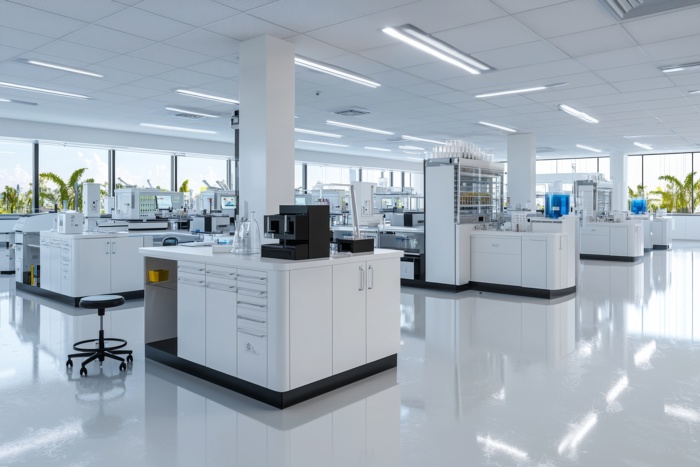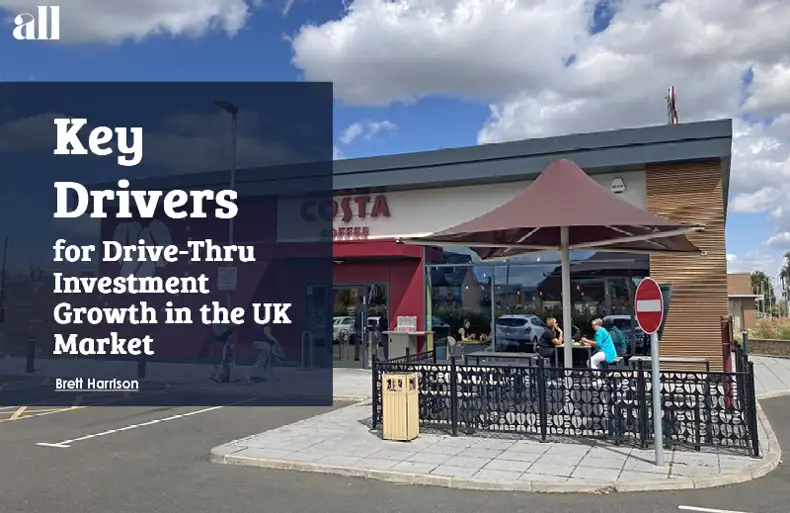Blog | Life Sciences | Valuation
Is there still life in the UK Life Science Market?

The UK life science market remains active and resilient, but the sector is entering a more nuanced phase as global and domestic pressures reshape the landscape. Over the past decade, life sciences have become a cornerstone of the UK’s growth strategy, with the government identifying the sector as a priority in its ten-year industrial plan. This policy focus is matched by tangible economic impact: industry clinical trials now contribute over a billion pounds annually to NHS revenue, support thousands of jobs, and underpin a thriving research ecosystem. The UK’s regulatory environment has evolved rapidly, with streamlined approvals and digital transformation programmes halving clinical trial setup times and making the country increasingly attractive for global research and development. The NHS’s integration with research institutions and industry further strengthens the sector’s foundation, supporting both innovation and improved health outcomes.

The real estate landscape for life sciences has expanded at an unprecedented pace, with more than 100,000 square metres of new space delivered in 2024 and forecasts suggesting this could quadruple by the end of 2025. This growth has been fuelled by a post-pandemic surge in investor interest, as the sector demonstrated its resilience during economic downturns and its critical role in public health. However, there are signs of a maturing market: some high-profile projects have been paused or reconsidered, and investors are becoming more selective, focusing on quality, location, and long-term demand drivers. The “Golden Triangle” of London, Oxford, and Cambridge remains the epicentre of UK life sciences, anchored by world-class universities and research institutions. Yet, these cities face constraints such as high housing costs, limited land, planning difficulties, and infrastructure challenges, prompting both government and private sector initiatives to unlock further growth—such as major transport investments and planning reforms. Regional centres like Manchester, Bristol, and Liverpool are also emerging as significant hubs, leveraging strengths in genomics, digital health, and pharmaceutical manufacturing, and helping to spread economic benefits and create new opportunities for talent and investment across the UK.

A comparison with the US market provides important context. The US, long considered the global leader in life sciences, has recently experienced a dramatic shift. After years of rapid expansion and near-zero vacancy rates, a construction boom has led to oversupply in major US markets, with double-digit vacancy rates now commonplace and new construction expected to slow sharply. The sheer scale of the US market—Boston alone has over 4.6 million square metres of lab space—means that when supply outpaces demand, the impact is significant. Investor caution has increased, with some projects delayed or cancelled, and a “flight to quality” is expected as only the best-located, purpose-built facilities attract tenants. Broader industry pressures, such as rising R&D costs, regulatory changes, and global economic uncertainty, have also contributed to a more challenging environment. In contrast, the UK market is younger and has not yet faced the same oversupply issues, largely due to slower deliverability, planning constraints, and the limited availability of land and infrastructure in key clusters. These constraints, while challenging, have helped maintain a favourable supply-demand balance for landlords and developers.

Looking ahead, the UK life science market is set to benefit from several long-term trends: an ageing population, advances in medical technology, the rise of AI in drug discovery, and the increasing importance of national supply chain resilience. The sector’s resilience, policy support, and expanding geographic reach position it well for continued growth, even as the market evolves. Investors are particularly drawn to the UK life sciences sector for its strong fundamentals: a world-class academic and research base, a collaborative regulatory environment, and a robust talent pool. The UK’s leadership in clinical trials, high levels of public trust in research, and the integration of the NHS with industry and academia create a unique ecosystem that supports innovation and commercialisation. However, the sector is not without risks. Funding challenges, rising construction and operational costs, and the potential for future oversupply—especially if the current pipeline is delivered without corresponding demand—mean that caution is warranted. In summary, while the UK life science market is not immune to global pressures and faces its own set of constraints, there is still considerable life in the sector. Strong fundamentals, policy support, and a growing national footprint ensure its continued relevance, resilience, and attractiveness to investors, but success will increasingly depend on quality, innovation, and the ability to adapt to a changing global landscape.
Related Insights

What does the Autumn Budget mean for the property sector?
Phew... or Too Few? As Chancellor Rachel Reeves stood up at the despatch box and delivered the Budget in person, rather than ...

Beyond Buy-to-Let: Tokenisation as the Future of Residential Investment
Real estate tokenisation could fundamentally revolutionise property investment across the United Kingdom, by transforming how...

Myth Busting The Impact of AI on Real Estate Valuations
Want to know more or would simply like some advice? We hope you find this podcast useful. If you want to know more about topi...

Key Drivers for Drive-Thru Investment Growth in the UK Market
Potential ChallengesInvestors should be mindful of several challenges when considering drive-thru investments: